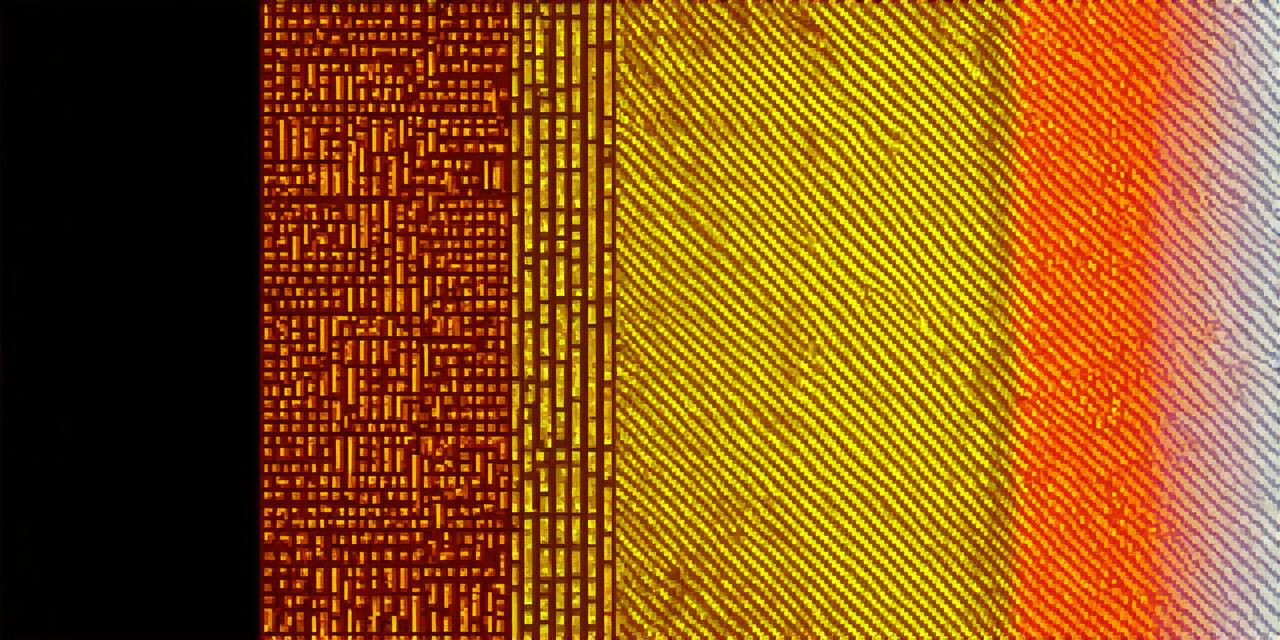As game developers, we are constantly striving to create immersive and engaging experiences for players. One key aspect of this is the use of affordances, which are design elements that encourage certain behaviors or actions from players. However, not all affordances are unique to video game design – some can be found in other forms of media as well. In this article, we will explore which affordances are truly unique to video game design and how they can be used effectively to enhance player experience.
What Are Affordances in Video Game Design?
Affordances in video game design refer to the visual and interactive cues that guide players towards certain actions or behaviors within a game. These affordances can take many forms, including visual indicators such as buttons, icons, and colors, as well as more subtle hints like sound effects or animations.
The key to effective affordance design is to strike a balance between providing guidance for players and allowing them to exercise their own creativity and problem-solving skills. By creating clear and intuitive affordances, developers can help players navigate complex game mechanics and ultimately create more engaging and immersive experiences.
Examples of Unique Affordances in Video Game Design

While there are many affordances that can be found in other forms of media, there are several that are truly unique to video game design. These include:
-
Interactivity
-
Real-time Feedback
-
Procedural Generation
-
Progression Systems
Using Affordances Effectively in Video Game Design
While affordances are an important aspect of video game design, it’s important to use them effectively in order to maximize player engagement and enjoyment. Here are some tips for creating effective affordances in your games:
-
Keep It Simple
-
Test and Iterate
